Overview of AGW
AGW is a smart contract-based digital asset management solution. When you create an account on the Abstract Portal, you are assigned a unique AGW address. This technology is developed based on the Clave contract.
To understand the core technology of AGW, you first need to understand the Clave system.
Analysis of the Clave System
Clave is a smart contract-based digital asset management platform that offers a user-friendly interface.
It provides a user experience similar to a regular banking application. When changing devices, the user’s identity is verified through multi-factor authentication, and once authenticated, the identity confirmation remains valid for an extended period. This system uses device authentication to securely guarantee the user’s identity.
The key achievement of Clave is bringing this intuitive user experience to the blockchain environment.
Modern mobile devices have enhanced security features. In particular, iOS’s Secure Enclave technology enables secure ECC signatures through FaceID authentication, making the device authentication process efficient.
In a Web3 environment, there is no centralized authentication authority. Therefore, Clave implements a signature verification system using smart contracts. Through this system, users can manage signers and execute transactions for digital asset management.
Additionally, Clave provides various recovery mechanisms to handle device loss. Chief among these is the Social Recovery feature, which allows a user to delegate account recovery authority to other trusted Clave users.
By offering these innovative features, Clave has evolved the Web3 wallet system into a more accessible and secure platform.
Relationship Between AGW and Clave
Clave is an independent service that requires the deployment of both a Deployer Contract and the Clave Implement contract, along with its dedicated application.
From a technical perspective, while Clave uses an R1 curve certification method (r1Owner, r1Validator) based on PassKey, AGW adopts a K1 curve certification method (k1Owner, k1Validator) that allows multiple EOAs to be managed within a single contract wallet. Abstract builds on the Clave contract wallet structure but pursues a differentiated approach.
At present, there is some uncertainty about the concrete benefits of this new approach. It’s unclear how linking an EOA generated by Privy to a ClaveWallet is more advantageous than simply using an existing EOA.
Privy always appears in the explanation of AGW. Are Privy and AGW strongly connected?
Privy and AGW are independent systems. Privy is a specialized platform for wallet services. Let’s look at an example:
In the Privy platform, set up a project called “ForKup.”
Implement the Privy login feature in the “ForKup” service.
A user signs up for and logs in to the service.
An EOA is generated for each user in the “ForKup” project on Privy.
The user signs transactions on the ForKup platform through Privy.
Note the following point: If multiple services (A, B, C) all use Privy’s email-based login feature, then if a user registers with the same email address (e.g., qwe@naver.com) on each service, a separate EOA is created for each service.
Hence, even if a service implements Privy login, that service’s EOA is managed separately from the Abstract Portal’s EOA.
How to Create an AGW
Users can create an AGW themselves. Contract wallets use a one-to-one structure, requiring an individual contract for each wallet. Hence, users must deploy their own contract.
However, to address the complexity of creating separate contract wallets, both Clave and AGW provide an AccountFactory, which is accessible to all users.
You can create a wallet by calling the deployAccount function of the AGW AccountFactory. Pass the keccak256-hashed value of your EOA address as the salt parameter. This value serves as the salt for the create2 operation, triggering the initializer for the Contract Wallet Implement Contract and deploying a new contract wallet. Because it uses the create2 method, you can calculate the AGW address in advance before deployment.
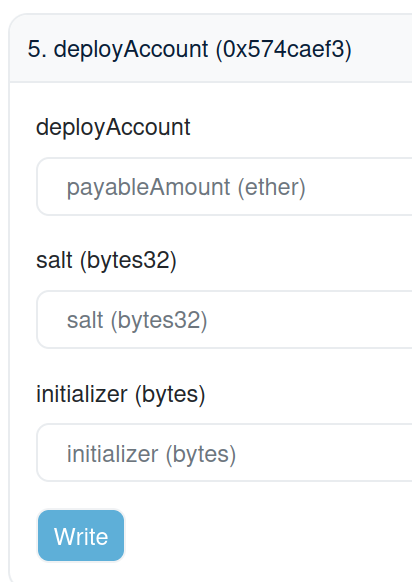
Abstract Portal’s Integrated System
Abstract Portal integrates all these features. When you log in with Abstract Privy, an EOA is automatically created, and AGW is set up in Abstract.
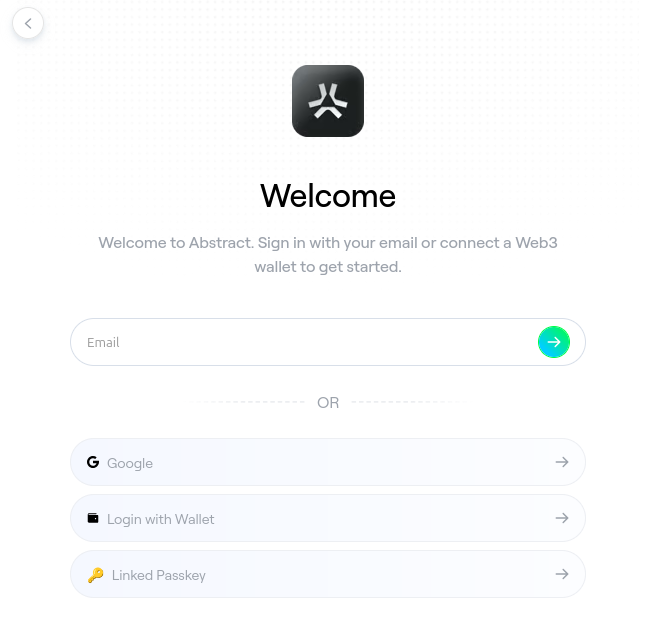
In the “Discover” section, you can explore various applications. Abstract Portal serves as a marketplace for these applications.
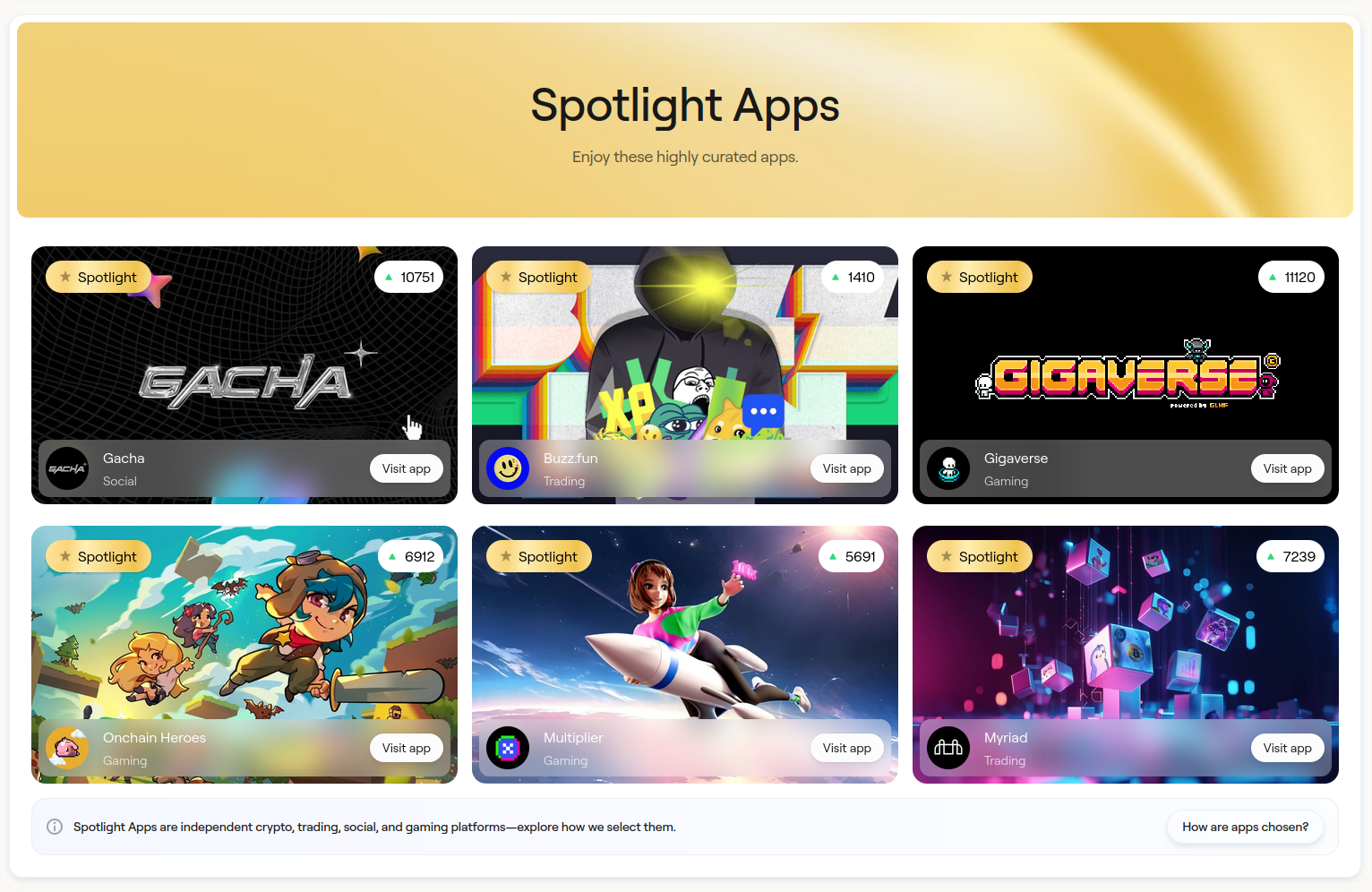
When you log in to an application, you’ll see a “Log in to Abstract” screen. This process links your Abstract Portal user account with the application’s Privy login—i.e., it connects the application’s Privy user with the Abstract Privy user.
This connection occurs as soon as you create an account.
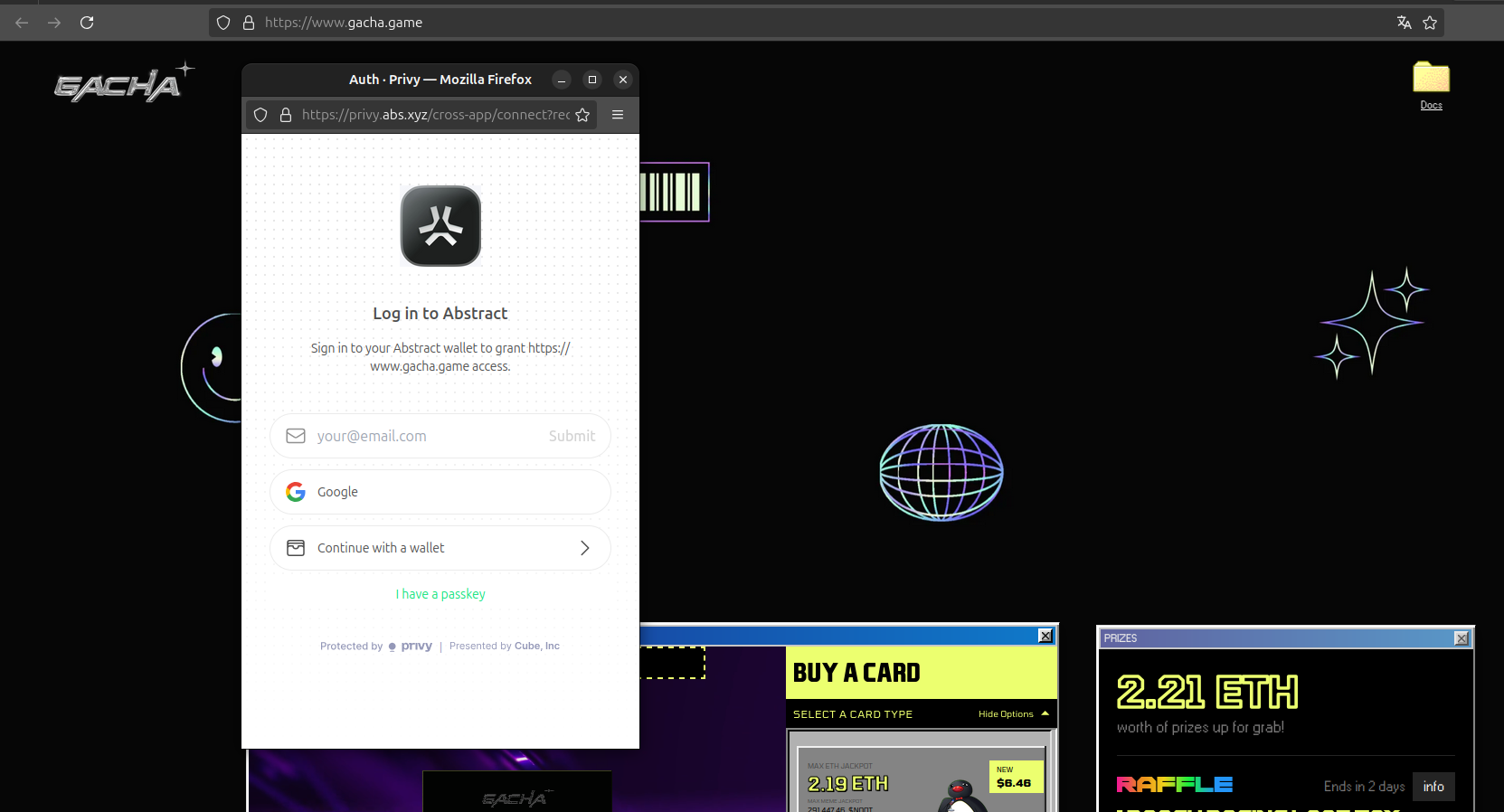
When a user performs activities within the application, XP and badges are granted to the AGW in Abstract Portal.
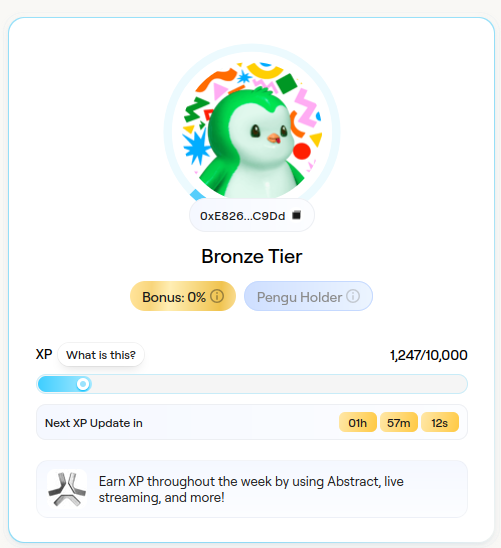
Key Features
- AGW is a smart contract-based wallet system
- Multiple EOAs can be managed under a single wallet
- Built upon the Clave system
- Operates independently from Privy
- A custom Clave-based solution leveraging Privy login EOAs
- Users can create an AGW with any valid EOA
- The Abstract Portal leverages both Privy and AGW to build its ecosystem
- Activities performed in registered applications are rewarded with XP and badges in the AGW